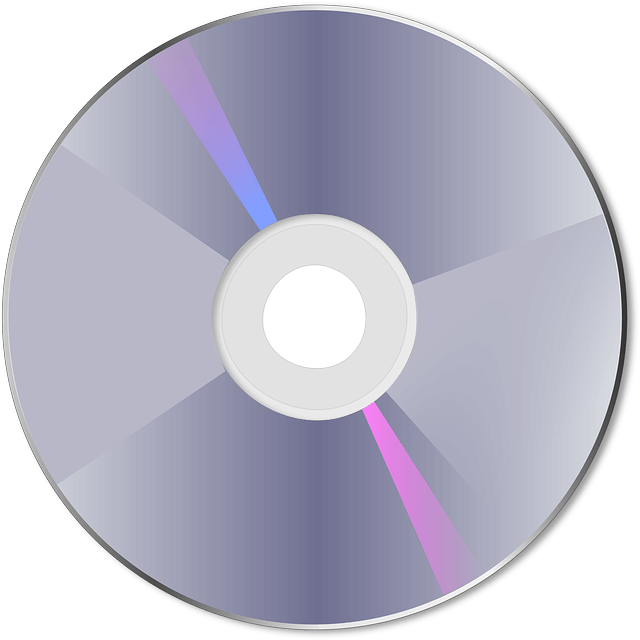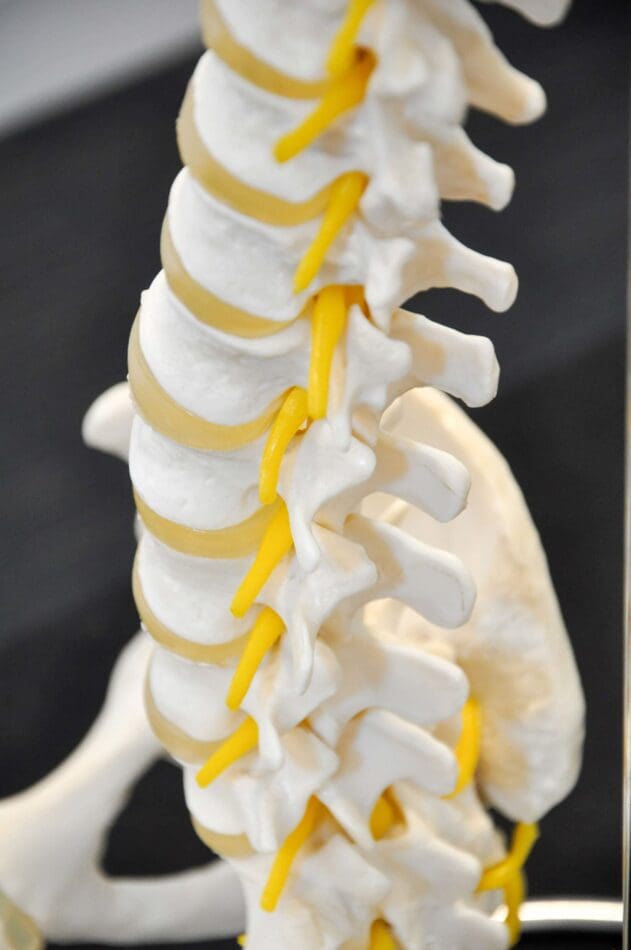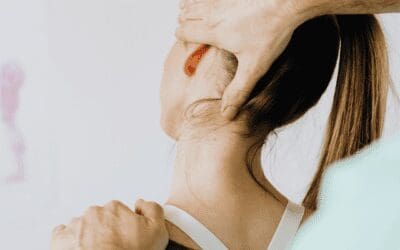Slipped disc myths: Slipped disc series 1/2
Welcome to our slipped disc series!
Following the success of our sleep tips vlog series, we have decided to continue with a mini blog series about slipped discs.
We often hear people when they first come into the clinic concerned that they have a ‘slipped disc’. However there are some big misnomers and myths surrounding the common perception of them.
In this blog we will discuss 5 of the main slipped disc myths and explain some of the anatomy behind slipped discs. In the next blog we will talk we will discuss how you can help yourself if you have a ‘slipped disc’, otherwise known as a herniated disc or prolapsed disc. Of course, if you are ever in doubt, we’d recommend booking in to see us for an initial consultation as we can help to diagnose and identify potential slipped disc issues.
Slipped Disc Myth 1: Vertebral discs are not disc shaped
The purpose of vertebral discs is to act as a space-filler and shock-absorber between the back bones that make up the spine. Whilst they are called discs, they are not disc shaped. In fact, they are more of a fat kidney bean shape. However, whilst the discs are designed to transfer and safely distribute weight through it, they are similar in that they are structured with a harder extremity to its centre. Instead of a hole in the centre of the disc however there is a gloopy structure called the nucleus pulposus. Indeed, it is perhaps easier to imagine the disc as being like a jam-doughnut rather than a disc.
Slipped Disc Myth 2: discs are positioned between the vertebrae
I can hear the anatomists questioning this one. However, the idea that the discs sit in between back bones (vertebrae) a little bit like a kebab skewer is incorrect. Indeed, the disc only cushions part of the vertebra (known as the body). On the other side bony structures, such as facets, articulate with each other to distribute weight and offer stability whilst we move. Click here for a video to explain more about the anatomy of the disc in relation to the vertebrae.


Slipped disc myth 3: Discs slip
This is the biggie. But, no matter the phrase that you’ll hear all over the internet and in textbooks, the intervertebral discs do not slip when we are referring to a ‘slipped disc’. A huge reason why the discs can not slip as we may think is due to the anatomy of the spine. Along most edges of the spine there are other structures, including thick ligaments and connective tissues, that hold the disc firmly in place. The disc itself is less likely to slip. However, the nucleus pulposus we mentioned above (which we compared to the jam in a jam doughnut) can move (herniate) through the structure of the disc and create complications. These complications include what we terms a a ‘bulging disc’ or a ‘herniated’ or ‘prolapsed disc‘.
Comparatively rare, in someone with pathology or more wear and tear, a vertebrae can move forward out of position: This is known as spondylolisthesis.
Slipped disc myth 4: Slipped disc always creates sciatica or sciatic symptoms
Before we explain this, we need to remind you that sciatica is not in itself an illness, but rather a collection of symptoms. It’s another wrongly used term from a medical or scientific perspective.
Sciatic symptoms or sciatica may however occur from herniated, bulging or prolapsed discs but it doesn’t always happen. Similarly, you can get nerve pain down the legs or in the low back without the disc being involved. You can also have a ‘slipped disc’ without any pain or symptoms. Working out whether the disc is involved or not is one of the things Chiropractors are trained to figure out and we do this during our initial consultation sessions.
Slipped disc myth 5: All ‘Slipped discs’ require surgery
Surgery should really only be used as a matter of last resort. In many cases no intervention is required to help apart from time and gentle movement. Sometimes targeted exercises can be used to strengthen certain areas of the body and stretch others. Other non-surgical methods, used to speed up the healing process may include heat/cold therapy, Chiropractic care or other manual therapies, over-the-counter pain relief or cortisone injections. Chiropractors at Connective Chiropractic are well placed to offer assistance.
Click here for the next slipped disc blog
COMING SOON!
Click here to book an initial consultation at Connective Chiropractic
The Author and Sleep tips vlog speaker
Dr James Harrison (Chiropractor)
LL.B(Hons), MChiro, MMCA, LRCC
Owner and Principal Chiropractor at Connective Chiropractic
Connective Chiropractic remove COVID as an excuse to not having Chiropractic care
It’s easy to come up with excuses to stop yourself from self care or getting rid of aches and pains, not least with COVID around… We’ve done the risk analysis so you don’t have to!
5 Ways You Can Improve Your Sports Performance
Improve your sports performance with our list of tips...If you're looking to improve your sports performance, we have put together this quick-fire list of 5 ways you could improve yours straight away. When we say sports performance, we mean all and any sports....
Chiropractic Is Not All About The Crunch
There's more to chiropractic care than just a crunch or crack...Over the last few years of our registered Chiropractors seeing patients in our Basingstoke Clinic, we’ve seen quite a number of new patients. The one thing that surprises us most is how little most people...
BASINGSTOKE
Connective Chiropractic Ltd,
55 Kingsclere Road,
Basingstoke.
RG21 6XG
01256 639 452

EMPOWERING WELLBEING WITH A CONNECTIVE CHIROPRACTIC MEMBERSHIP
Click here to discover more about our Ultimate Wellbeing Community
Registered Company (10788728) in England & Wales, Registered Address: 55 Kingsclere Road, Basingstoke, Hampshire. RG21 6XG.
Site content last edited 11 September 2023 (Version 1.4) (Version 1.0 - 1st November 2017). Last update Monday 11 September 2023
Copyright: Connective Chiropractic Ltd. All rights reserved. The Connective Chiropractic name and Connective Chiropractic logo are registered trademarks.



